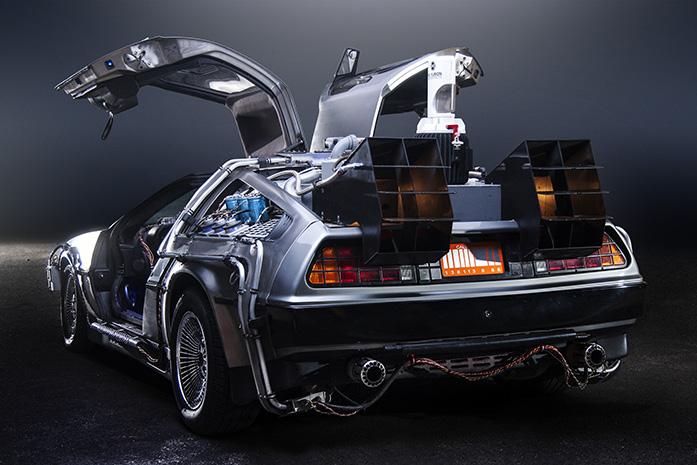Grab your hover boards and start up the DeLorean.
Thirty years ago, Marty McFly (Michael J. Fox) and his scientific companion Dr. Emmett Brown (Christopher Lloyd) began their iconic journey through the space-time continuum in the 1985 film Back to the Future. In the first installment, McFly travels to 1955, where he encounters his parents as teenagers. As all time-travel enthusiasts know, McFly interfering caused a chain reaction of events that influenced his present in 1985 and his distant future.
In the 1989 sequel Back to the Future: Part 2, McFly and Doc set their destination to Oct. 21, 2015. Today. Upon their arrival, McFly and Doc encounter a number of futuristic devices, including hover boards and power-laced Nikes.
Though the Chicago Cubs had a chance to go to the World Series, as predicted by the film (the Cubs face elimination today in the NLCS), it is safe to say our reality is a little less impressive than the 1989 projection. Unfortunately, we are without the holographic movies, food hydrators, and flying cars. But amazingly, Back to the Future filmmakers did produce a few not-so-far-fetched ideas.
In the film’s 2015, McFly uses a video-conferencing device similar to Skype. Even Google Glasses were predicted — though, like everything from the 1980s, in a clunkier form.
Despite what we now recognize as naïve predictions of the future, people of the 1980s were transfixed by the film’s charm. Back to the Future: Part 2 was the third highest-grossing film of 1989, making just over $331 million worldwide.
The trilogy officially ended in 1990 with Back to the Future: Part 3, when the time-traveling duo visited the Old West. Though this film was comical, it pales in comparison with the two prior installments.
Now, 25 years later, it is appropriate to wonder how the franchise achieved such timeless significance from a decade filled with so many iconic movies.
Perhaps Back to the Future is remembered for its then ground-breaking use of special effects that created iconic film moments, such as Marty speeding through a downtown area suspended on a hover board. Or perhaps the franchise is remembered for its innovative use of the VistaGlide. This technology allowed Michael J. Fox to seamlessly play more than one character on screen without jolting camera movements.
Or perhaps, simply embellished with the cinematic magic of the 1980s, the Back to the Future films are just great movies. With a mix of brilliant colors, witty dialogue, and Michael J. Fox, this science-fiction masterpiece embodies how Oct. 21, 2015 really should be.
Fun Facts from the Future
• The script was originally rejected more than 40 times by every major studio.
• Universal Studios wanted to name the movie Spaceman From Pluto, but was strongly rejected by the film’s executive producer, Steven Spielberg.
• The time machine was originally made out of an old refrigerator, not a car.
• Doc’s dog Einstein was a chimpanzee in the original script.



